New Gallup Poll Provides Key Lessons for College Students
By Patty Gallagher
With the school year almost over, many high school seniors in Milford and Stratford have already made the decision on if, and where, they’re going to attend college. While that decision itself can seem incredibly complex, it is really just the beginning of a long and challenging process that promises many more difficult decisions to come.
When it comes to making difficult decisions, one of the best things that an inexperienced person can do is look at the examples set by those before them. And based on findings from a recent Gallup poll, there are plenty of impediments that future students can avoid if they heed the advice of their predecessors.
The Gallup poll surveyed 90,000 Americans with college degrees. According to the results, 51 percent of respondents had regrets about one aspect of their educational experience. The most common response had to do with the field of study chosen by survey respondents. 36 percent stated that, if they could repeat their educational experience all over again, they would change their field of study.
28 percent, meanwhile, had second thoughts about the institution they selected to attend. 12 percent of graduates had regrets about the type of degree they completed, while over half of respondents said that at least one of the three choices applied to them.
There are many reasons to select a degree, a major and an institution. But students have to understand that they can’t think about this decision as just an 18-year old. They’ve also got to ask themselves whether or not their future self would make the same decision.
Clearly, a majority of American graduates can attest that the choices you make now will have a lasting impact longer after you’ve graduated. As such, it is critical that students take a comprehensive approach to making these selections. They need to strike a balance between what they hope to achieve, and what they can reasonably afford without succumbing to overwhelming student debts.
If you’re a Milford or Stratford parent with a student heading to college this fall, be sure to speak with your child about their vision for the next four years and beyond. It can also be helpful to leverage resources at your child’s school, including counselors and teachers.
You also stand to benefit from stopping by any office of The Milford Bank. Our friendly and experienced staff can provide a wealth of educational resources designed to help you and your child take the guesswork out of the college process. By putting in the work to educate yourself on the college process, you’ll be able to put your education to work for you without regrets.
Check back on our blog from time to time to catch the latest tips and tricks for getting the most out of your education, or learn more by checking out free resources on our Online Learning Center.


